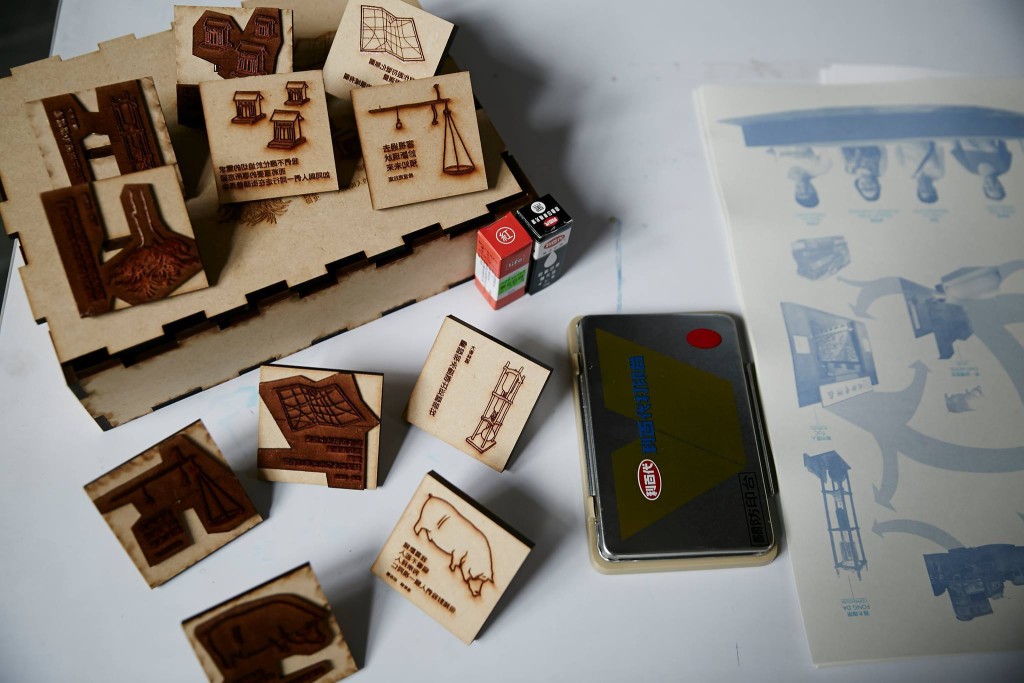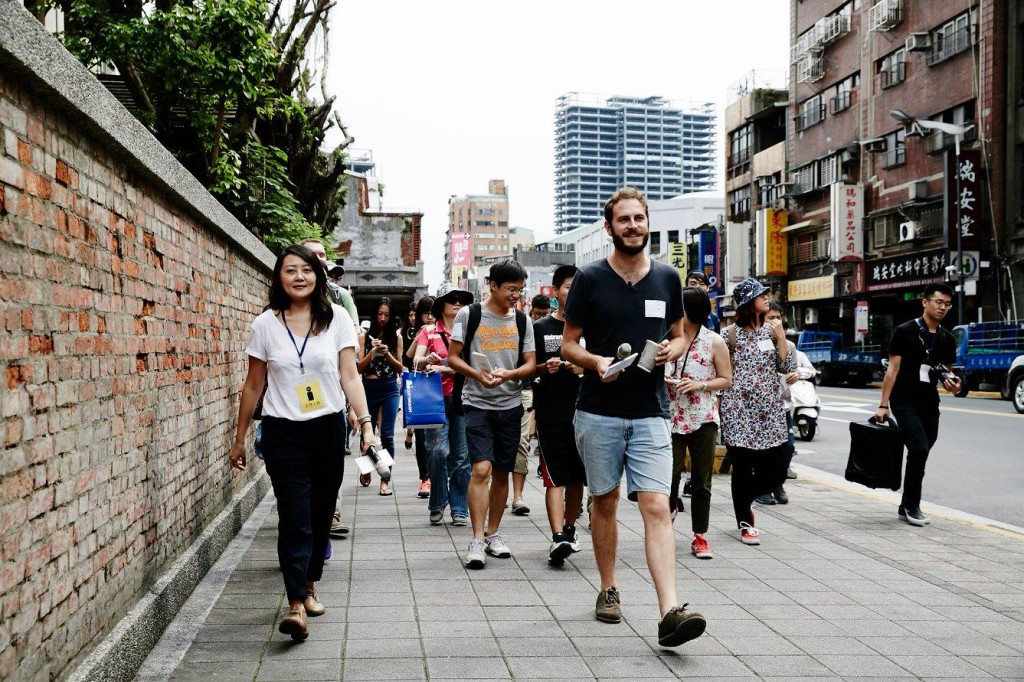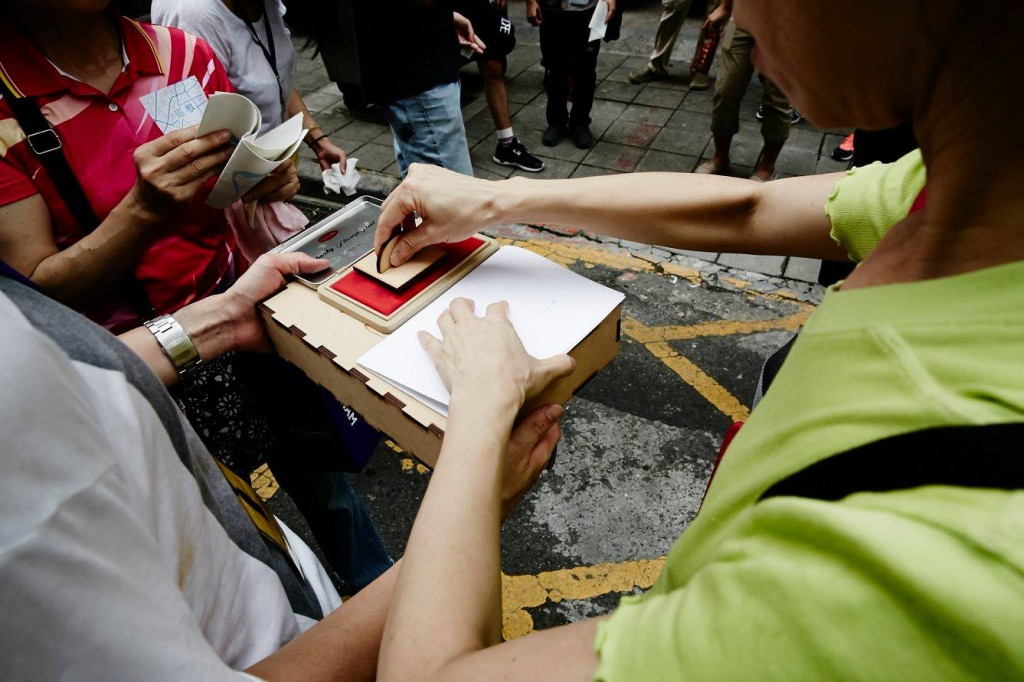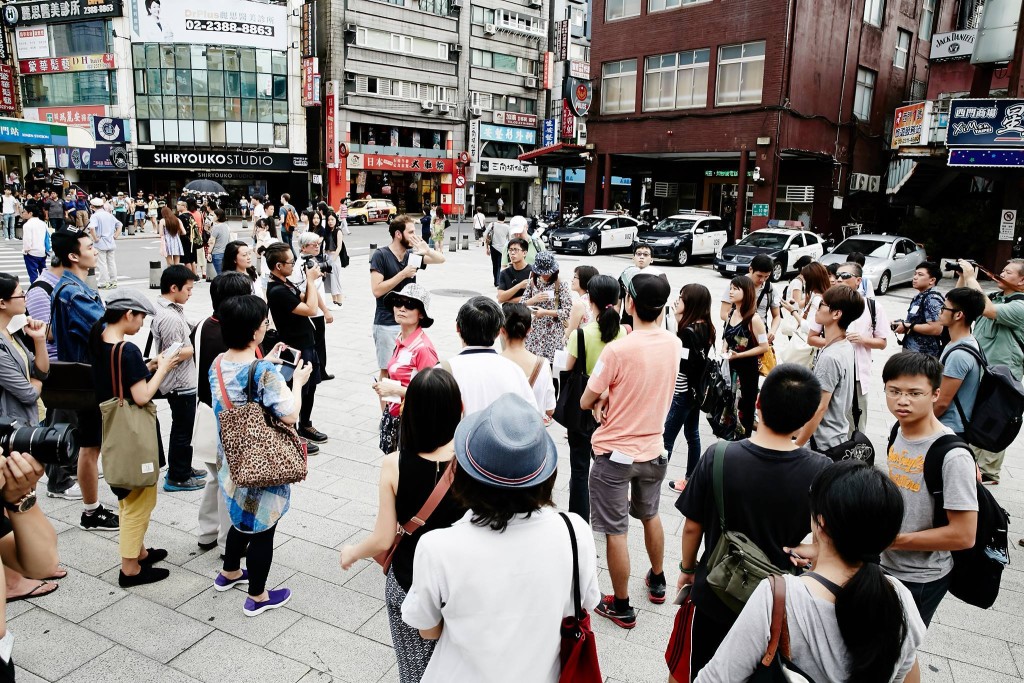Routes through the Roots
Routes (through the) Roots
Wanhua, Taipei (Taiwan)
Wanhua is the oldest district of Taipei. It was first built and purposed as a trading area in service of the port district of Tansui. Wanhua is the root(s) of Taipei. In the last years, the population of the district has been in decline. Businesses have been closing and the ones that still remain have seen their profits decrease.
Taipei has seen a process of rapid urbanization in the last 50 years. Since the 90’s there has been a special effort in the urban regeneration of Wanhua (Bangka). The focus has been on infrastructure, historical preservation and artistic and educational activities. “These programs have sparked conflicts and debates about the interpretation of the history and the images used to represent it”[1].
There are few organizations working in boosting the development of Wanhua from within. Homeless Taiwan is one of them. They train homeless people to become “tour guides” in the area. They organize tours called Hidden Taiwan. Another organization is The Urbanists Collaborative. They have an “open office” in the Bopilao block where they openly discuss with citizens about the development of the area. They also organize walks around the district to share its historical and cultural value. The two organizations share a practice, though with different goals.
Walking the city is a way to appropriate it and build a sense of belonging to the place. But walking through a route (tour) is an ephemeral action. It is also important to have something that leaves a longer-lasting memory of the place (souvenir).
We organized a first tour around the neighbourhood (September 4, 2015). At the beginning of the tour the participants received a passport (small journal). Throughout the route, had their passport stamped in the different posts. The passport has a space for participants to write their own ideas. It combines general history with personal stories.
By walking the neighbourhood and identifying its cultural and historical value, people build a sense of belonging to it and reinforce its identity. This is strengthened by the physicality of the souvenir, which has the traces of the places they visit in the form of a stamp and their notes. By doing this we connect different organizations that share similar practices and make them visible.
[1] HUANG, Liling. The Uneasy Partnership and Contested Meanings of Urban Form: Examining the Policies of Urban Regeneration in Bangka, Taipei. In Globalization and New Intra-Urban Dynamics in Asian Cities. National Taiwan University Press, 2014.







Why is it important to have a long lasting memory of a place? Shouldn’t the ephemeral be the dominant experience?
To build a sense of identity
Isn’t it rather more interesting to point to the different dimensions of identity or multiple-identities?
Well, yes… and that is precisely what the project aimed towards; at pointing at the value of different visions -and identities- of the city.